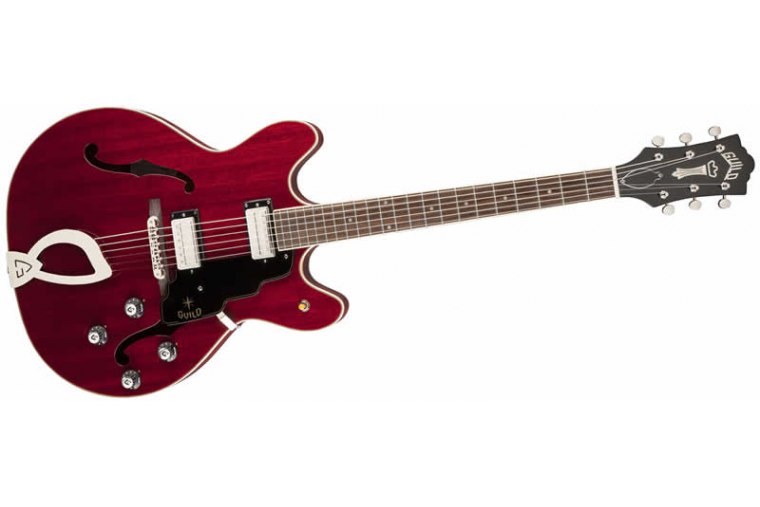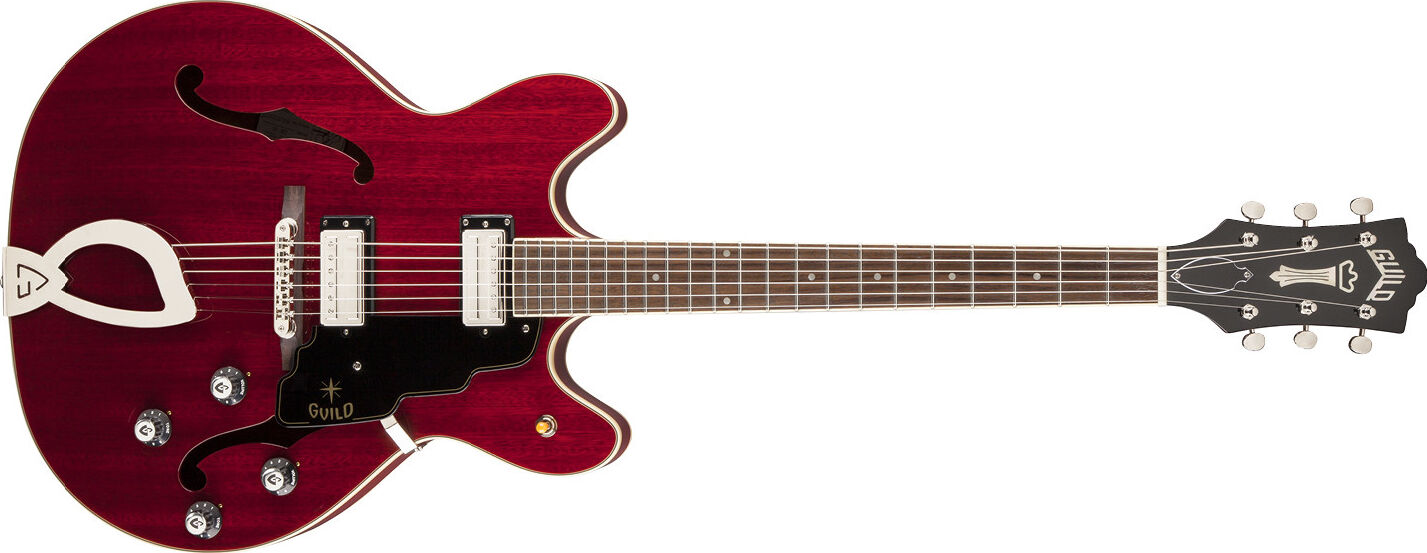

We go from punchy bridge pickup to a mix position of the bridge and middle pickups for a humbucking mode that's sure to be a well-used position for high-volume players looking for more meat on the bones. Switching between pickups on that six-way rotary dial is fun, just so long you are in a well-lit room, though there are indicator pins to help you feel for what's going on, and like any instrument, it's sure to take a little getting used to before everything becomes second nature. The bright and breezy open-air maple design – and there is quite a bit of wide to this body – is a factor, too, but there's no denying that the bridge P-90 has a little more warmth and depth to it than we might have expected had this centre block been spruce for instance.

(Image credit: Future / Olly Curtis)Ī lot of what you are hearing is the mahogany centre block offering a perfect ballast for the Franz P-90 pickups to do their thing. Having said this, there are a lot worse guitars out there, and as well as being historically important, the 1820 bass can certainly provide the goods when required.A rotary dial selects from six pickup positions. Over the course of the 70s, the Japanese output improved dramatically, and in many ways these early 70s models are a low point for the brand.

These new Epiphones were based on existing Matsumoku guitars, sharing body shapes, and hardware, but the Epiphone line was somewhat upgraded, with inlaid logos and a 2x2 peghead configuration. The Matsumoku factory had been producing guitars for export for some time, but the 1820 bass (alongside a number of guitar models and the 5120 electric acoustic bass) were the first Epiphone models to be made there. Other custom finishes were quickly offered: Emerald Green, Honey Amber and Ebony Grain - although Cherry was always the most popular finish for the early single cutaway Starfires.īy the end of the 1960s, a decision had been made to move Epiphone guitar production from the USA (at the Kalamazoo plant where Gibson guitars were made), to Matsumoto in Japan, creating a line of guitars and basses significantly less expensive than the USA-built models (actually less than half the price). As a first for Guild, the Starfire was available in Cherry Red - a finish that Guild named Cherry-Red "Starfire". Prior to introduction of the Starfire series, Guild had finished their guitars Sunburst or Blonde. The first models were the single pickup Starfire I, the dual pickup Starfire II (both with harp-style tailpiece) and the Starfire III with two pickups and Bigsby tremolo. These guitars were followed in 1963, by the double Venetian cutaway (335-style) guitars, more associated with the Starfire name today. These guitars all had the single Florentine cutaway body style, of the T-100, rather similar to the Gibson ES-125TC which also debuted in 1960. The models launched in 1960, were the Starfire I, II and III. The Guild Starfire was not the brand's first thinline electric, the T-100 or "Slim Jim" was introduced in 1958, and it is from this model that the earliest Starfires were derived


 0 kommentar(er)
0 kommentar(er)
